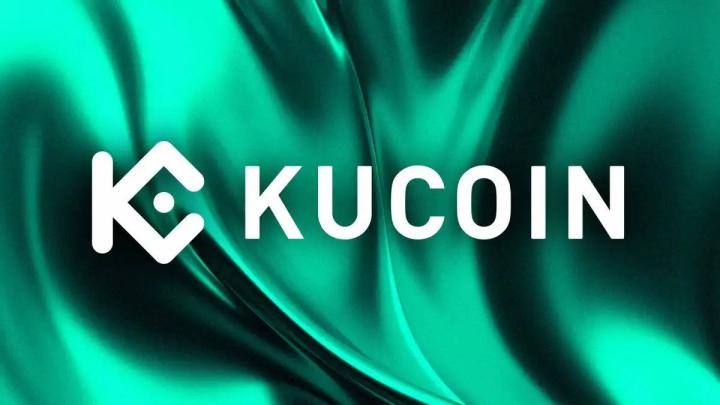So, if Layer2 Perp wants to make a complete comeback, it should just completely embrace the native CLOB architecture. Has the so-called incremental improvement been falsified by dYdX's recent escape?
Author: Haotian
There is an obvious trend: a number of layer2 Perp projects such as Lighter and GRVT are desperately showing off their muscles, and seem to be catching up with Hyperliquid.
But this is obviously a bit embarrassing. The prosperity of Perp DEX should belong to layer2, so why is it intercepted by other Alt-L1s such as $ASTER?
1) The key issue is not complicated. Arbitrum, Optimism, and other four major layer 2 platforms are all aiming to develop universal Rollups, but this determines the online TPS and block time of their platforms. This is because transaction finality, state synchronization, and complex computing overhead will all become a drag. How can they possibly compete with products like Hyperliquid that offer a sub-second experience comparable to CEX?
Therefore, blindly pursuing general-purpose design is a sin. Lighter is clever, abandoning the obsession with so-called universalization. Instead, it has implemented specialized trading optimizations in ZK circuits and order book matching, enabling it to achieve trading volumes comparable to Hyperliquid. For other layer-2-based Perp DEXes to regain lost ground, abandoning general-purpose design is the first step.
2) Most layer-2 Perp platforms are still clinging to the old AMM logic or experimenting with hybrid orderbook designs. GMX, once a leading layer-2 Perp platform, has proven that the ceiling for these AMM initiatives is there. This is because issues such as Impermanent Loss, MEV attacks, and slippage directly impact the inflow of large institutional funds and high-frequency trading, issues that are virtually nonexistent with Hyperliquid's full-chain CLOB+HLP model.
So, if Layer2 Perp wants to make a complete comeback, it should just completely embrace the native CLOB architecture. Has the so-called incremental improvement been falsified by dYdX's recent escape?
3) Layer 2's traditional DeFi mining incentives have lost their appeal. New Perp players like Hyperliquid, in addition to underlying transaction performance, are focusing on diverse gameplay options, such as MEME cultural integration, point airdrops, and token buybacks, which significantly improve the user experience and enhance gameplay expectations.
Furthermore, Layer 2 liquidity is severely fragmented, with everyone using various incentives to scramble for it. This directly increases users’ cross-chain bridging costs and enriches a number of third-party cross-chain bridge projects, but does not directly boost user stickiness of the protocol itself.
above.
There are quite a few Perp DEXs in the Layer2 lineup. In addition to the projects mentioned above, there are also SynFutures, Orderly Network, Paradex and other projects that have been on the building road. GRVT recently received 19M in financing. It can be seen that Layer2 Perp has never given up on seizing the right to speak. Really, it’s okay to be defeated by Hyperliquid, but at least it should be able to compete with Aster, SunPerp and others, right?
Don’t forget that the huge amount of stablecoins and DeFi TVL accumulated in the Ethereum ecosystem are absolute advantages that other L1s do not have.
Disclaimer: As a blockchain information platform, the articles published on this site solely reflect the personal views of the authors and guests and do not represent the position of Web3Caff. The information within these articles is for reference only and does not constitute any investment advice or offer. Please comply with the relevant laws and regulations of your country or region.
Welcome to join the Web3Caff official community : X (Twitter) account | Web3Caff Research X (Twitter) account | WeChat reader group | WeChat public account






